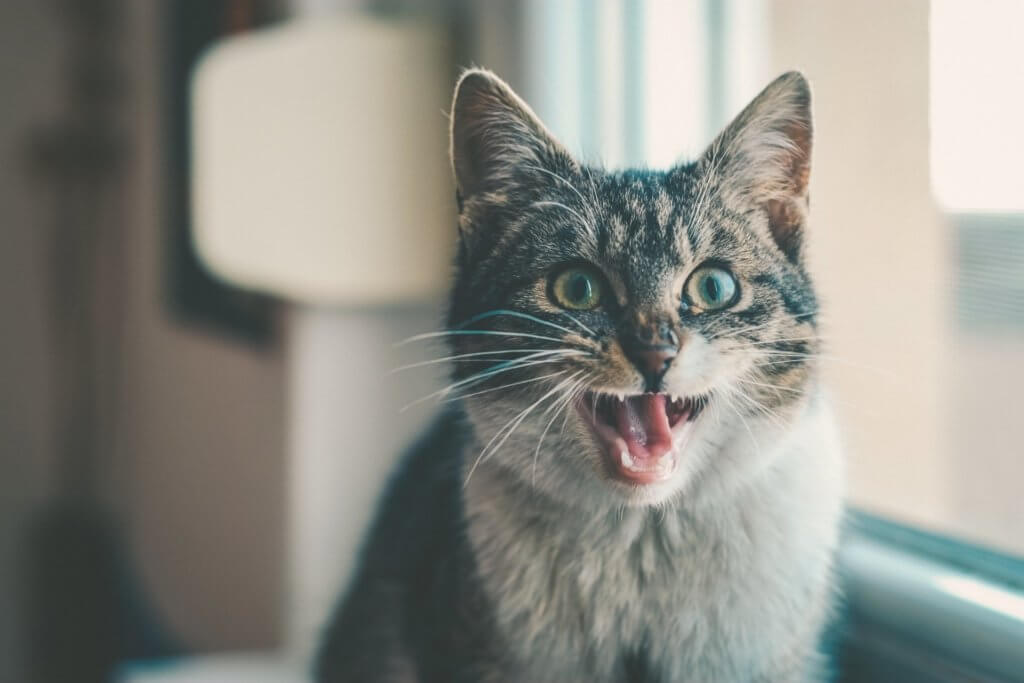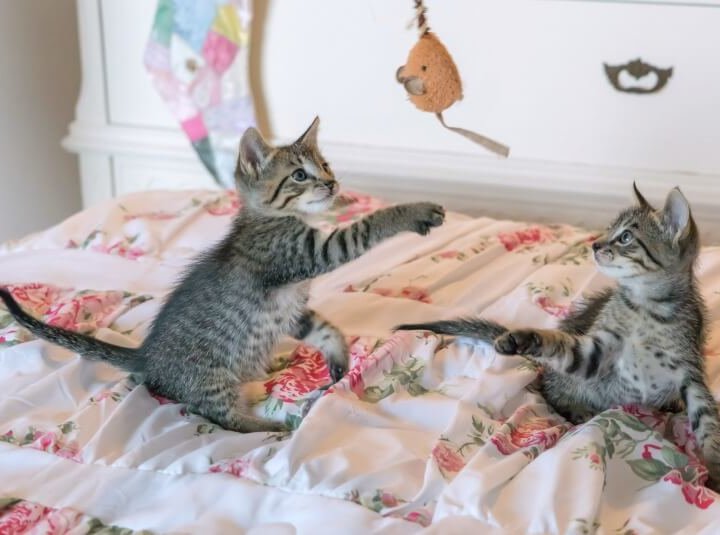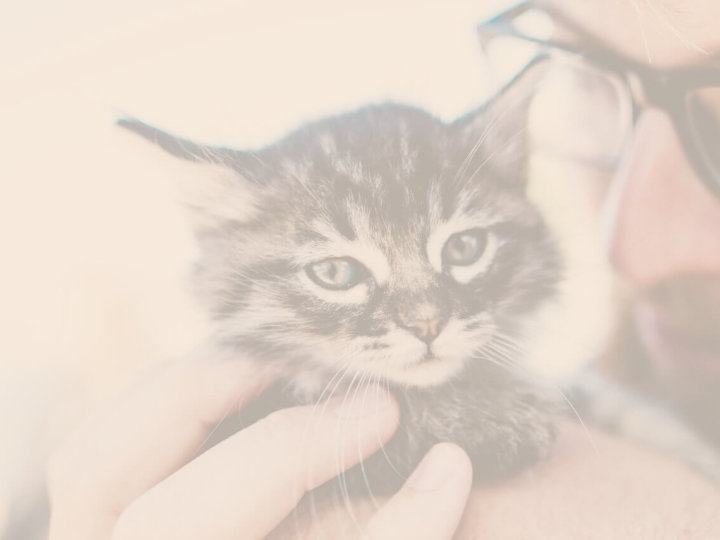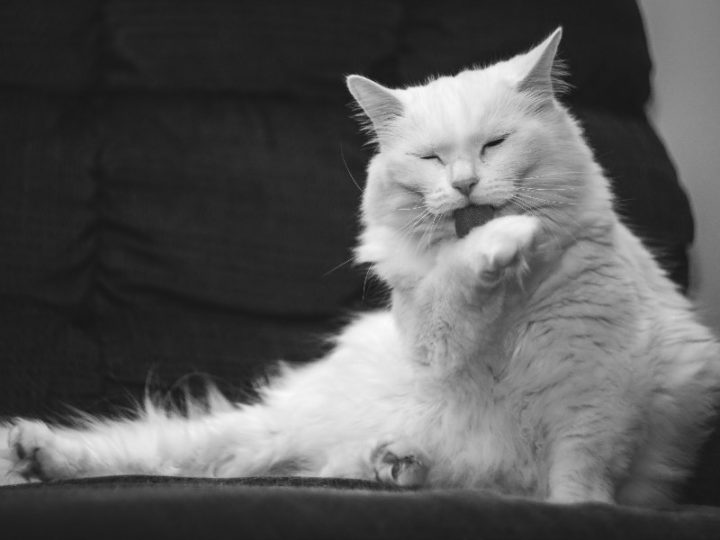This blog post is sponsored by New Casino Sites
Just like humans, a cats mental health is as important to its wellbeing as its physical health. And also just like humans, each cat responds to individual stresses and long-term pressures differently.
Behavioural issues can grow under stressful situations, which is unfortunately a pretty common reason why cats arrive with us for rehabilitation and rehoming.
Repeated exposure to stress and failure to address the cause can not only lead to a very unhappy cat, but also an unhappy family. That’s why it’s important to identify a stressed out feline as soon as possible.
Aloofness
If your cat is normally affectionate and a lover of attention, a sudden bout of aloofness or ambivalence could be an indication that more serious is troubling them. This could be as extreme as actively hiding from you, or as subtle as choosing a new spot in a different room.
Yowling
A lot of female cats yowl when in heat to attract a mate, and male cats have been known to yowl in response. Although rare in neutered felines, this strained sing-song is an indication that your cat is currently being controlled by their *ahem* romantic hormones.
Without the ability to act on these hormones or relief from their affects, a cat can become quite agitated and anxious.
Urinating and defecating all over the place
Cats by nature are incredibly tidy animals when it comes to toilet habits. If a cat is consistently or regularly failing to do their business in a litter tray or outside, it’s a pretty big indication that something is not right – especially if they were previously toilet trained.
Spraying
Spraying is different to urinating as it’s a purposeful territory mark placed by male cats, as opposed to biological response to expel waste. Spraying is much more common in un-neutered males, and done in reaction to a perceived threat.
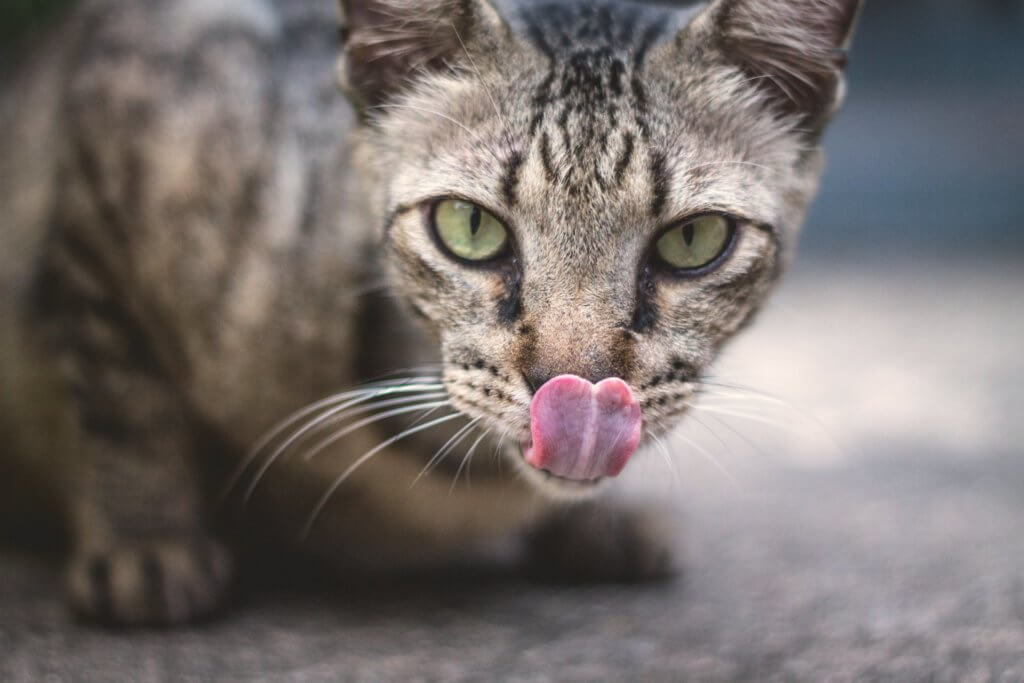
Excessive grooming
Cats are vain. They spend hours a day have a good lick-bath to keep in top condition. Over-grooming is a different matter, this could indicate either extreme boredom or an over-reliance on the simple routine to help cope with an outside stresses.
Over-grooming can result in bald or thinning patches of fur, particularly in their easy-to-reach locations.
That funny five starts lasting a lot longer, or is more frequent
The funny fives, sometimes called the midnight crazies or zoomies, are when a cat seems to bolt around the house at top speed, seemingly breaking as many ornaments as possible in the process.
This is a perfectly normal (for cats) behaviour, and just a way to simultaneously have a good alone-time play by and burn off excess energy.
Excessive funny fiving, can be a reaction to a territory threat, or a sign that your cat needs a little more stimulation through healthy play.
Hyper vigilance
All cat owners have seen this face as part of healthy hunting play or during their cat’s ‘funny five’:

We’ve all probably seen a more extreme version too, when you can tell your puss has switched from “I love this game” to “I’m turning you into my dinner”.
The ears down, wide eyes, arched back and twitchy tail are the start of a fight or flight response. This should be in reaction to a threat, such as a competing feline or a fluffy mouse dangling from a fishing rod.
If your cat is displaying this body language without physical threat, it can be an indication of anxiety and stress.
Jumpiness
Sometimes you can miss the body language that comes along with hyper vigilance, especially if your cat is a bit more distant. Jumpiness can be a little easier to spot, when a cat starts reacting or becoming easily startled by normal activity.
This could be opening or closing doors, objects moving quickly, loud noises, or visitors.
Redirected aggression
Redirected aggression occurs when cat is worked up for a fight, but without exposure to the opponent takes the aggression out on the nearest innocent bystander. This can range from a quick nip to a rather painful attack, which is particularly worrying in households with children.
If your cat is experiencing one or more of these behaviours, it’s a good idea to do a good check of its environment and see if you can identify the cause and address the source. Sometimes things can settle down without intervention, but if the symptoms persist or you’re unsure, it’s always a good idea to book an appointment with your vet.


